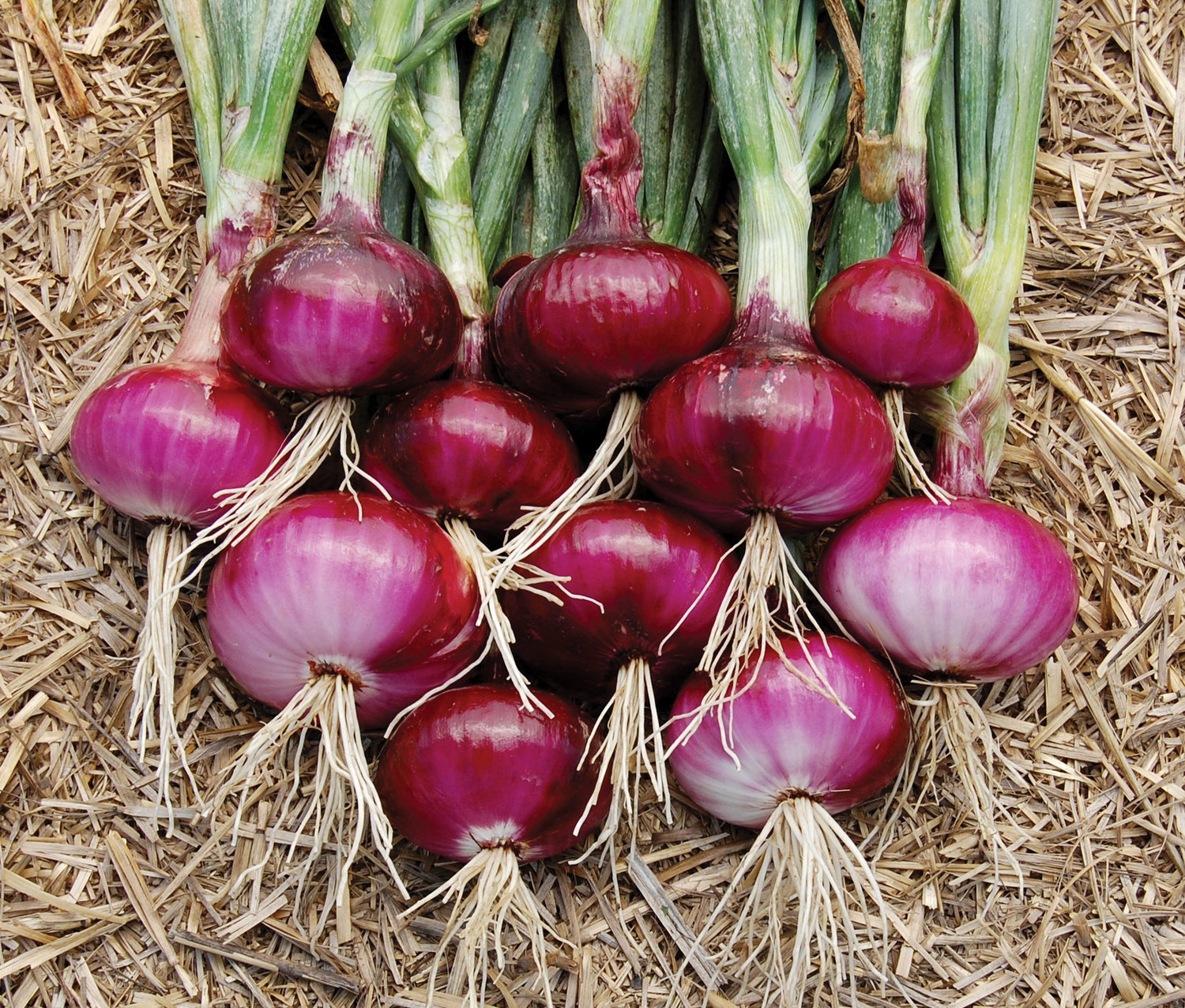Onions are among the most popular and versatile vegetables around. When it comes to choosing an onion, bohemia onions stand out as a type that is both flavorful and fragrant. But before you buy this type of onion, there are some things that you should consider in order to make sure you get the right product for your needs. The key is to understand the different types of bohemia onions available and how they can enhance your cooking experience. Here’s a look at what you need to know about bohemia onions and how to choose the perfect one for you.
Bohemia Onions: A Versatile Vegetable For Every Cook
Bohemia onions (Allium cepa) are part of the Allium family, which also includes shallots, leeks, chives, garlic, and scallions. These types of onions have a mild flavour with a sharp bite that adds complexity when combined with other flavours in soups or salads. They are usually cylindrical in shape and range from small (about 2-3 inches in diameter) to large (about 4-5 inches). Bohemia onions have white flesh with a yellowish tinge on their outer skin but are easily recognizable by their distinct smell – the same smell many people associate with onions when they cut them up.

Which Bohemia onion is best for you?
When choosing Bohemia onions, it is important to understand which variety is best for your particular needs. There are three main types: white Bohemia, yellow Bohemia and red/purple Bohemia. White varieties have a more pungent flavour than yellow or red, due to their higher sulphur content, so they’re best suited to baking in dishes like French onion soup or caramelised onion tartlets, where their strong flavour can really come through without being overwhelming. Yellow varieties are slightly sweeter than white, so they work well in stir-fry recipes or cooked dishes such as curries or potatoes au gratin, where the sweetness helps to balance other flavours in the dish. Red/purple bohemians tend to be hotter than white or yellow ones, so they’re great for adding colour and heat when used raw in salads or salsa verde recipes.
How do I choose the best bohemian?
Once you’ve decided which type of onion is best for your needs, there are a few simple tips to help you ensure you’re picking the best quality every time:
1) Look for colour and texture –
choose bohemias that are evenly coloured throughout, with no brown spots or discolouration on the skin, as these indicate decay beneath the surface. In terms of texture, avoid limp specimens as these may be past their prime, while firm bulbs will last longer if stored correctly under refrigerated conditions – between 32°F-45°F (0°C-7°C).
2) Feel Around –
Gently press around the base of each bulb, looking for soft spots which could mean that rot has set in deep within the core, making it unsafe to eat fresh, so discard any such product immediately without buying it!
3) Smell –
Another way to tell if an onion is still good is to smell it – if it doesn’t smell, chances are it won’t be very tasty once cooked, so look elsewhere for better quality!

4) Shape Matters Too –
While oval-shaped ones are likely to cook faster than rounder ones due to their flattened edges providing more exposed surface area per volume, the latter will also last longer as moisture evaporates from them more slowly during post-purchase storage, keeping them fresher for longer periods of time until consumed later!
5) Size Matters –
Smaller-sized onions take less time to cook plus require minimal prep time before being added to recipes, unlike larger versions which need to be peeled first before being chopped into smaller pieces before proceeding further so always choose wisely depending on how much hassle versus convenience is offered per size purchased relative to what exactly is needed ultimately at the end result desired!
6) Location also affects quality levels –
Pay attention to where certain items are placed on store shelves, as generally speaking closer to the bottom means older stock, whereas newer arrivals regularly restocked above tend to cost a bit more but offer a higher chance of receiving the freshest possible produce ensuring optimal taste results are achieved every single time too.
